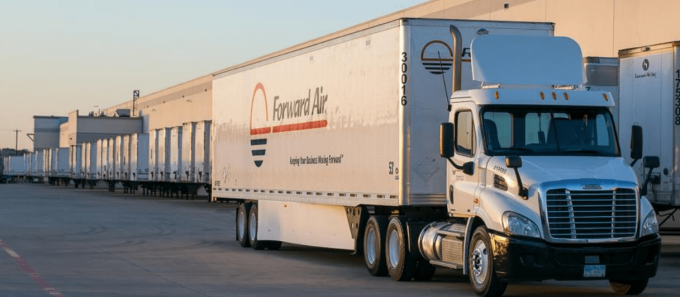Investors circling Forward Air, patience runs out
Is time up?

Volume decline seems unable to put the brakes on US less-than-truckload (LTL) carriers, or bring pricing down as it has in other sectors – operators are upping their game, or expanding.
Forward Air increased its footprint this month with a $56.5m takeover of Land Air Express, ...

Comment on this article